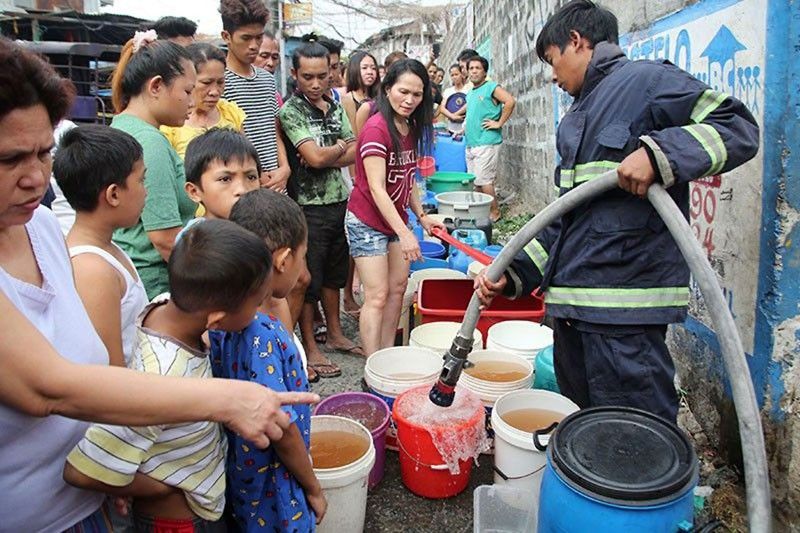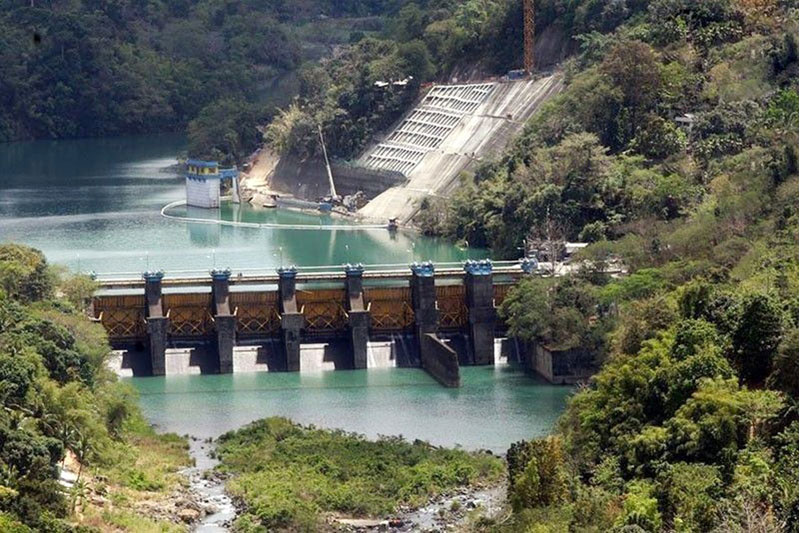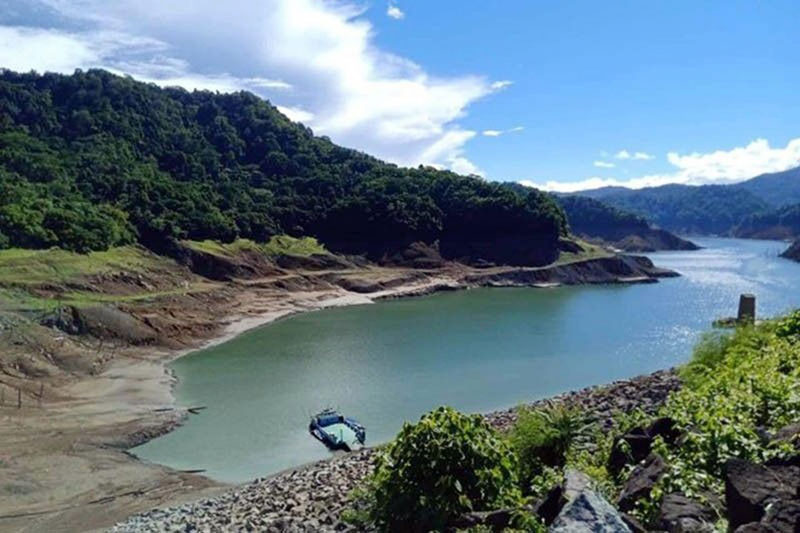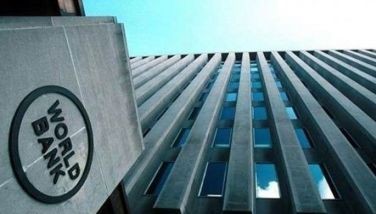The water waiting game: Who’s the one to blame?

Special Report (First of two parts)
MANILA, Philippines — Last year, people waited for water to drip from their faucets. This year, people are waiting yet again. But this time, they are waiting for something bigger, something that would affect the long-term supply in the metropolis.
President Duterte is nowhere near finished in his rampage against oligarchs –media, water, foreign, local – just as he has yet to finish his many plans and promises to the Filipino people.
In particular, the Chief Executive continues to lash out at Maynilad Water Services Inc. and Manila Water Co. Inc. for the current onerous contracts that are allegedly disadvantageous to the consuming public.
Even if the two concessionaires have agreed to renegotiate and have the contracts – which date back to 1997 – reviewed, there is no stopping the government in possibly prosecuting big names in business.
But really, has anyone traced who is to blame in this hullabaloo that continues to create uncertainties in the Philippine investment climate?
Probably the contracts in general, the concessionaires, and even the government.
Moreso, the lack of other alternative water sources that could have prevented the last water crisis which is technically the root of the mess.
But who is ready to accept and take the blame? Probably no one. And while many claim that a new set of contracts is needed, up to what extent will the concessionaires accept the government’s take it or leave it offer?

No other source
The Manila Water crisis in March was due to lack of water simply because Angat Dam is on a decline and the country has no other alternative sources where it can actually get enough supply for the population.
In an interview with The STAR, National Water Resources Board (NWRB) executive director Sevillo David Jr. said it is about time to develop new sources amid demand that is increasing due to rapid population growth and urbanization.
“The development of new sources has long been an issue and it has been very slow. We have to start working on that and I think that is what the government is addressing now,” David said.
“In order to secure the current requirement in the next few years, both medium and long term, part of the strategy should be the development of new sources and that is something that cannot be done just as quick. It will take time,” he said.
Metro Manila sources 96 percent of its supply from Angat Dam which has been receeding over the last years, much evidently in 2019 after it hit record lows exacerbated by the El Nino episode.
Maynilad president and CEO Ramoncito Fernandez pointed out that there have been a lot of plans, but it is the implementation of the plan that has been lacking.
“The overdependence on Angat is still the main risk of Metro Manila and the government has not addressed this up to now,” Fernandez told The STAR in a separate interview.
“Whether it’s Kaliwa or Wawa, or the execution of Sumag, that is their ball game and we support whatever new water sources that can be developed as fast as we can and the most cost efficient way,” he said.
The controversial P12.2 billion Kaliwa Dam appears to remain as the biggest saving grace of Metro Manila. Kaliwa Dam has been part of the masterplan for decades now, but this has yet to materialize anytime soon.
While the mega dam recently inched closer to securing all the necessary permits, it would take a while before it becomes operational.
The Metropolitan Waterworks and Sewerage System (MWSS) has targeted to finish Kaliwa by 2023 or in the next three years.
Further, MWSS said it has reoriented its priorities and adopted short-term, medium-term and long-term raw water security roadmap that will provide potable and sustainable water supply in the next five to 50 years with an increase of at least 1,518 million liters per day by 2022.
Being fasttracked under the new water security roadmap are the 150 MLD Putatan, 100 MLD Cardona, 188 MLD Sumag, 50 MLD Rizal Wellfield, 80 MLD Calawis Wawa, 100 MLD Putatan 3, and 250 MLD Lower Ipo.
Being eyed as medium-term water source projects from 2023 to 2027 are the 420 MLD Wawa Dam, 250 MLD East Bay, 350 MLD Bayabas Dam, 550 MLD Angat Norzagaray Phase 2, 250 MLD East Bay, 750 MLD Sierra Madre, and 1,800 MLD Kanan River Phase 1.
To complement the New Water Security Roadmap 2019 to 2022, MWSS said there is an urgent need to fasttrack the completion of Aqueduct 6 and Tunnel 4 which are expected to be operationalized by January 2020.
MWSS also expects to complete by June 2022, Aqueduct 7 and Tunnel 5 which are now on stream to provide another 1,600 MLD to flow toward La Mesa.
An off-take agreement between Manila Water and Prime Metroline Infrastructure Holdings Inc. has also been approved to pursue the development of a water supply source east of Metro Manila, the Wawa Bulk Water Supply Project.
All these, however, are still being undertaken and are still quite far from completion.
For NWRB, David said while everyone is waiting for the full development of other sources, alternative measures should be put in place including fixing leaks in the system to help in securing additional supply.
“There are also deep wells that are being established and rehabilitated so we have somewhere to get our water in case of emergency. It may not fully address the situation, but it can help,” David said.
“Then we have cloud seeding operations for Angat and the expansion in tapping Laguna Lake,” he added.
As consumers wait for something tangible, what is it like in the years to come?

2020 scenario and beyond
Last year, Angat failed to reach its normal level of 212 meters and just settled at 201.5 meters, the lowest for the last 20 years, prompting NWRB to still cut allocation for Metro Manila and for irrigation.
The normal allocation is 46 cubic meter per second for Metro Manila and 40 CMS for irrigation. But with Angat’s current level, NWRB decided to stick with 42 CMS which has been the reduced allocation for Metro Manila for the last four months.
As for irrigation in Bulacan and Pampanga, allocation has been raised to 20 CMS from 10 CMS.
“It might continue until next month because once you release the volume for irrigation you have to maintain that level, you cannot just give specific volume now and then reduce it the next month because the crops will be affected,” David said.
Those areas that should be irrigated by this volume, we have to satisfy their need at least four month- requirement until such time they have harvested their crops,” explained.
While the full requirement might still not be met, NWRB assured that what happened in March would not happen again this year.
“That is why we are trying to manage the supply now in order to prevent, or at least minimize the risk of a same situation that happened last year. That’s what we are trying to avoid,” David said.
David noted that the Philippine Atmospheric, Geophysical and Astronomical Services Administration said 2020 would be an enso-neutral year, where there will be no El Niño or La Niña.
“To simplify, it is a normal year, where normal rains will come, normal rainy season, and the volume of rains that we normally receive by May or June will be there. But just the same, we are preparing for any eventuality that it will be reduced,” he said.
“Last year, we had an extended dry season. If this happens again, we have sufficient supply for the first half of the year at least. Based on our scenarios, we don’t see that we will return to the 36 CMS allocation,” David said.
The same was echoed by Fernandez, saying a crisis for 2020 is unlikely.
“Given that we are not starting at 212 meters, there will still be challenges but from my perspective, the entire system has become proactive,” he said.
“There will be risks, but if you ask me about a crisis, I don’t see a crisis this year. There will still be supply tightness, rotational interruptions, but it depends now on when rains will come and if we can successfully ramp up some of our mitigating measures,” Fernandez added.
But the year 2021 and beyond is already a different picture until such time a complement source for Angat is made available.
After 2020, Fernandez said that the government’s planned sources like Wawa and Calawis, which are all for Manila Water, should be up and running.
As for Maynilad, it is banking on the Putatan 3, non-revenue water reduction, and new mobile treatments to make the situation more manageable.
“We can never be complacent, it is still a tight situation until Putatan 3 is up,” Fernandez said.
“Putatan 3 is so crucial for us and Metro Manila, we know Kaliwa will take a minimum five years who knows, so realitiscally and pragmatically, we need Putatan by hook or by crook because if we don’t do something, we will face another crisis two or three years from now,” he warned.
Maynilad’s Putatan treatment plant in Muntinlupa is the first water treatment facility that taps into Laguna Lake as an alternative to Angat Dam and is the largest membrane-based water treatment plant in the Philippines and is also the first of its kind in the country to use large-scale microfiltration and reverse osmosis.
For the third Putatan plant, Maynilad will begin construction this month and which will take two years before completion. It will also have a 150 MLD capacity.
“As early as 2010, we already tapped Laguna Lake because we saw the over dependence in Angat plus we were growing in the south and Angat is too far for our expansion market so we saw Laguna Lake as a real, relevant and most realistic to implement to support our expansion,” Fernandez said.
“Even before all this review, MVP (Manny V. Pangilinan) was already talking about Putatan 3, and that is the truth. As early as last year, we already had approval for Putatan 3. We executed our planning, our bidding, we have awarded that project and we are in the execution mode,” he said.
The problem now is how the ongoing review of contracts will affect current projects. Will there be further delays that would most likely affect supply in the end?
(To be continued)
- Latest
- Trending





















